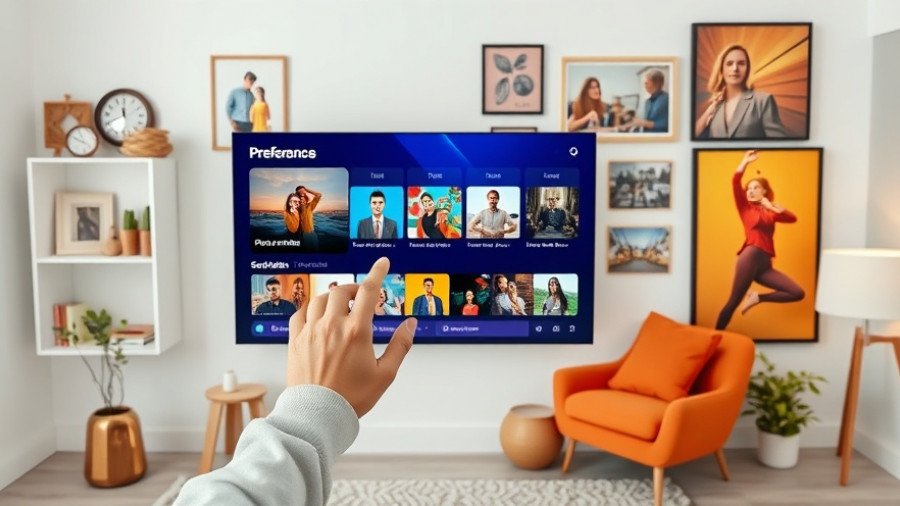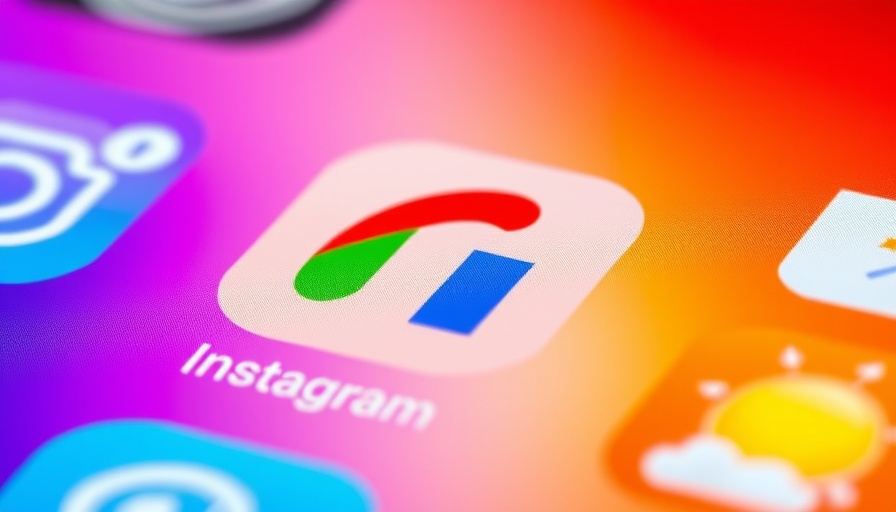
DuckDuckGo's New Filter: A User-Centric Approach to AI Content
In a significant update, DuckDuckGo has unveiled a feature that allows users to hide AI-generated images from search results. This option reflects a growing demand for more control over the types of content that populate user feeds, particularly as AI-generated media proliferates online.
Why Hide AI-Generated Images?
The rise of generative AI technology has led to an influx of low-quality media, often referred to as "AI slop." DuckDuckGo recognizes that many users may prefer to engage with authentic, high-quality images rather than those generated by AI. The new hide AI-generated images feature facilitates a more personalized browsing experience by filtering out undesirable content.
How the Filter Works
Users can easily toggle this feature when searching for images on DuckDuckGo. By accessing the Images tab, they can find a dropdown menu labeled "AI images" with options to either show or hide AI-generated content. Furthermore, for those seeking a broader approach, the filter can be activated in the search settings under "Hide AI-Generated Images," providing a seamless experience across the platform.
The Technology Behind the Filter
To implement this feature, DuckDuckGo relies on carefully curated open-source blocklists, such as the 'nuclear' list from uBlockOrigin. While the system may not be foolproof and won't catch every instance of AI-generated results, it significantly minimizes their presence in search results.
The Broader Context and Response
This new tool comes at a time when AI-generated content is facing scrutiny for flooding search results with nonsensical or low-quality outputs. DuckDuckGo's initiative is a response to concerns surrounding the over-saturation of AI media, echoing user frustrations seen in controversies like Google's previous image search mishaps involving artificially generated images overshadowing reality.
Looking Ahead: Future Features
While DuckDuckGo has not disclosed specifics on further enhancements to the filter, there is an assurance that additional options are on the horizon. This progressive stance indicates the company's commitment to refining user experiences amid the evolving landscape of online search.
In a world increasingly dominated by AI, having the option to dictate what we consume is empowering. DuckDuckGo's latest feature not only reinforces user agency but also sets a precedent for other search platforms to prioritize authenticity over algorithm-driven content.
 Add Row
Add Row  Add
Add 




Write A Comment